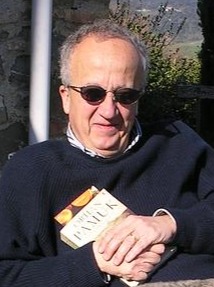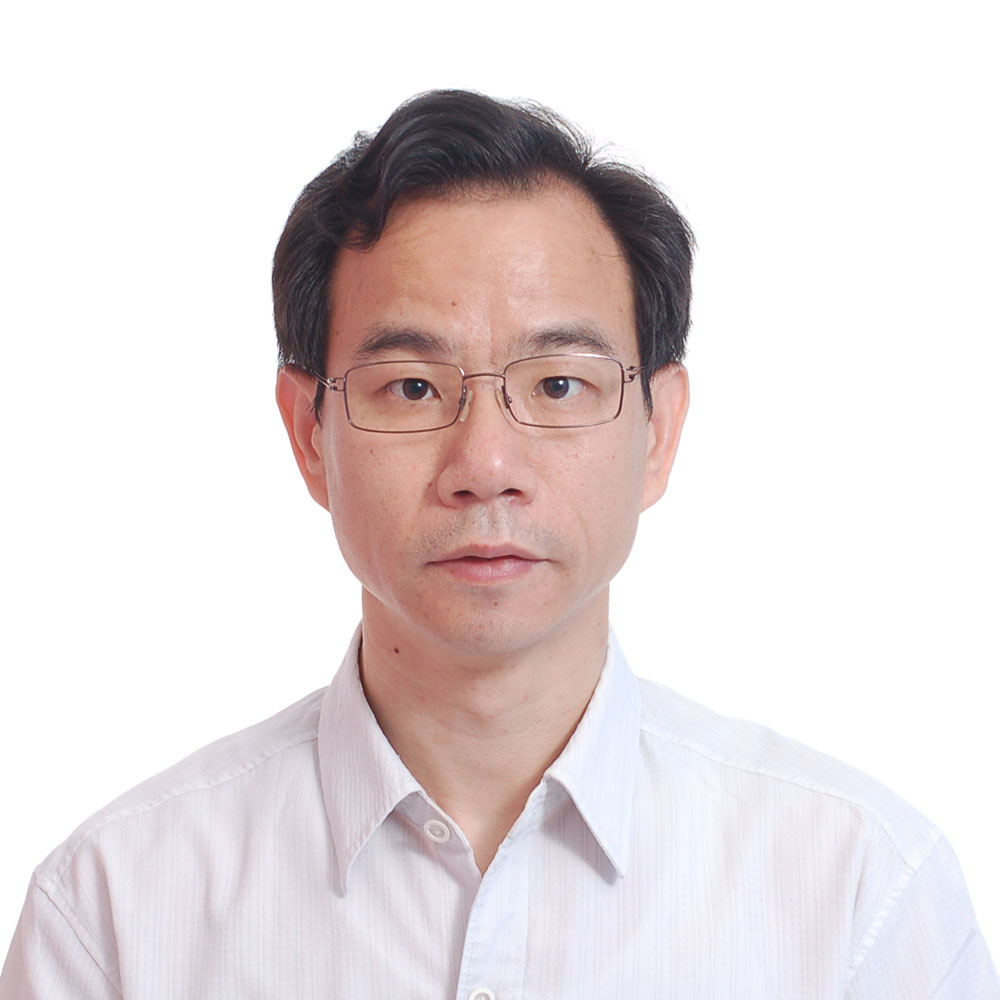
统计物理与无序系统研究实验室Statistical Physics and Disordered Systems
研究涌现、无序系统和复杂能量景观的基本理论问题。为启发新的人工智能方法,并为解决具有挑战性的计算问题提供见解。
Fundamental theoretical issues of emergent, disordered systems and complex energy landscapes are studied. To inspire new approaches to artificial intelligence and provide insights for solving challenging computational problems.
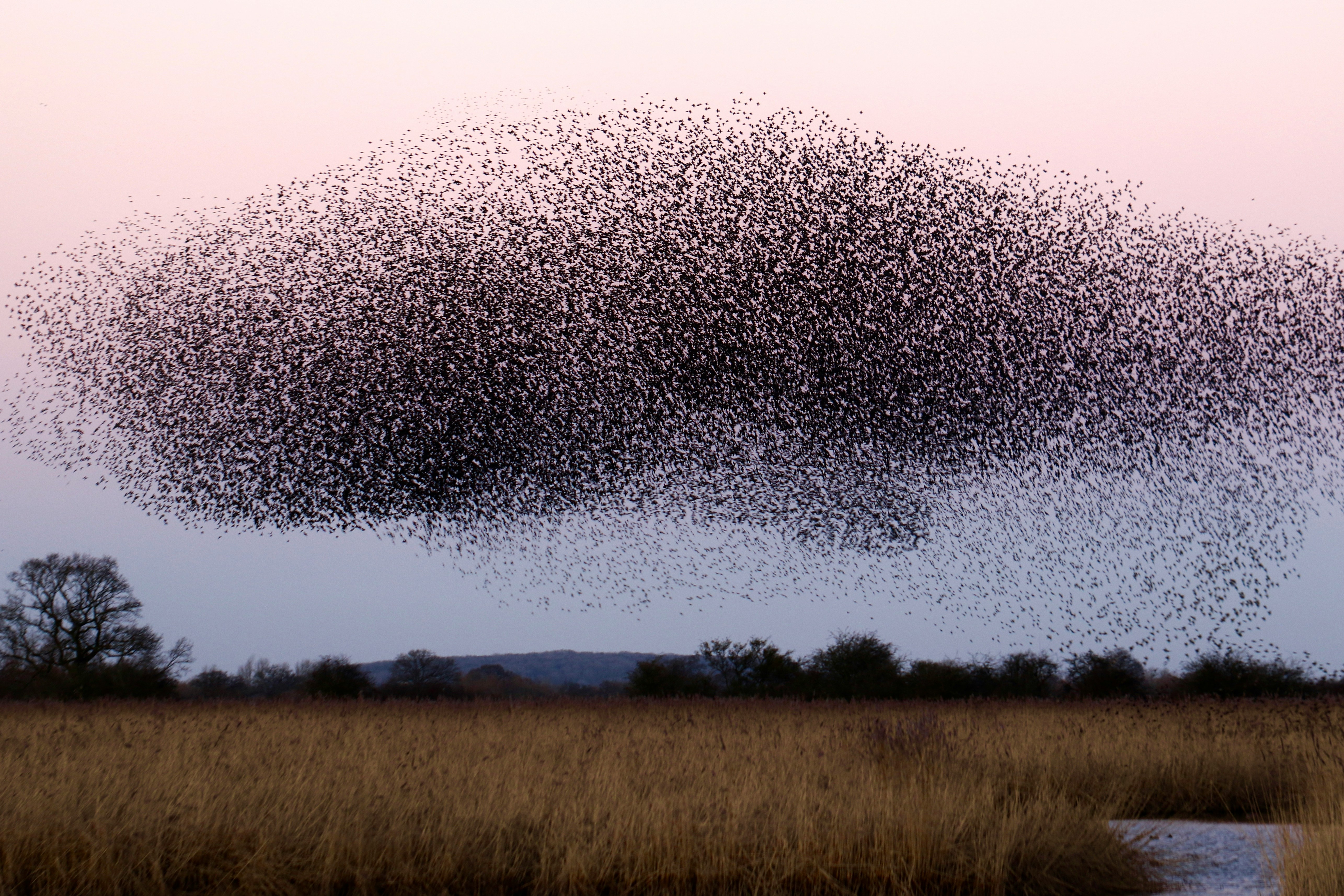
我们所赖以生存的世界普遍存在着明显随机性和不可预测性的现象。混沌、湍流和无序现象无处不在。难以预测的不稳定性和极端事件对人类社会的生命财产造成巨大损害。统计物理与无序系统研究旨在充分利用现有科学家在无序物理学领域的学术经验,创新并发展非线性数学方法和先进统计物理学理论,以探寻支配混沌和无序系统的潜在规律,从而在我们的日常生活和技术环境中实现更优的控制性和可预测性。
Both Nature and Life abound with phenomena that exhibit apparent randomness and unpredictability. Chaos, turbulence, and disorder are everywhere, not as exceptions but as widespread phenomena. Instabilities and extreme events that are difficult to predict cause enormous harm to property and human life.
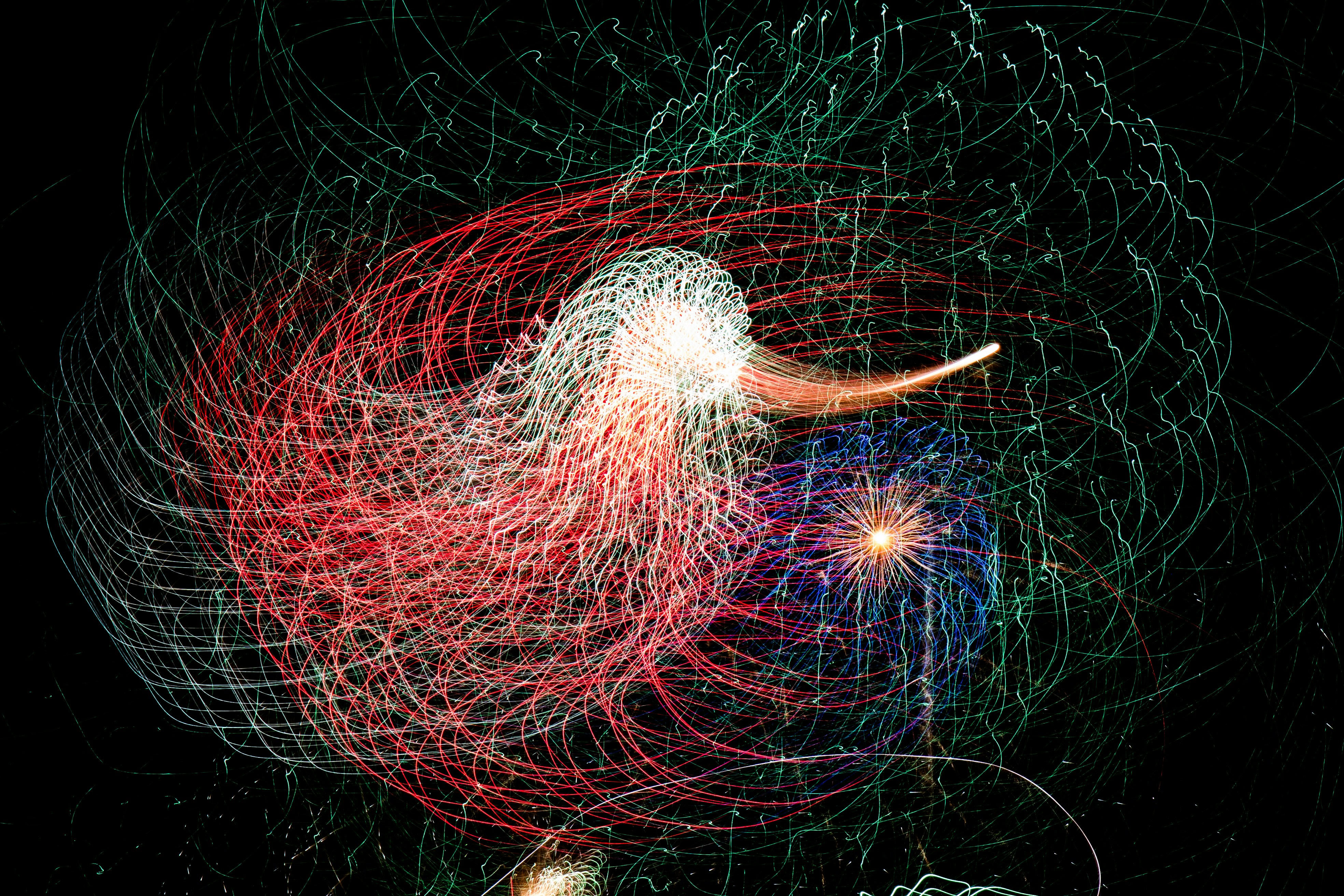
研究工作的重点将聚焦于无序固体材料,诸如玻璃态物质、乳液、颗粒材料和复杂流体等,这些材料在技术和工程领域的应用日益广泛。同时,我们致力于提高对此类材料的机械性能、磁学性能和电学性能的预测能力。揭示表观无序现象的潜在规律将有助于预测和解释诸如地震、雪崩、非平衡相变以及气象和环境中极端事件等现象。
The aim of our research is to employ the immense experience of its scientific leaders in the physics of disorder to invent and develop methods of Nonlinear Mathematics and advanced Statistical Physics to find the hidden laws that govern chaotic and disordered systems to reach better control and predictability in our technological environment and in our life. Foremost in our efforts will be disordered solids like glasses, emulsions, sand and complex fluids, materials that enter more and more into technology and engineering, to reach better predictability of mechanical, magnetic and electric properties of such materials. Uncovering the hidden laws of apparent disorder will help to predict and explain phenomena like earthquakes, avalanches, nonequilibrium phase transitions and extreme events in weather and in the environment.
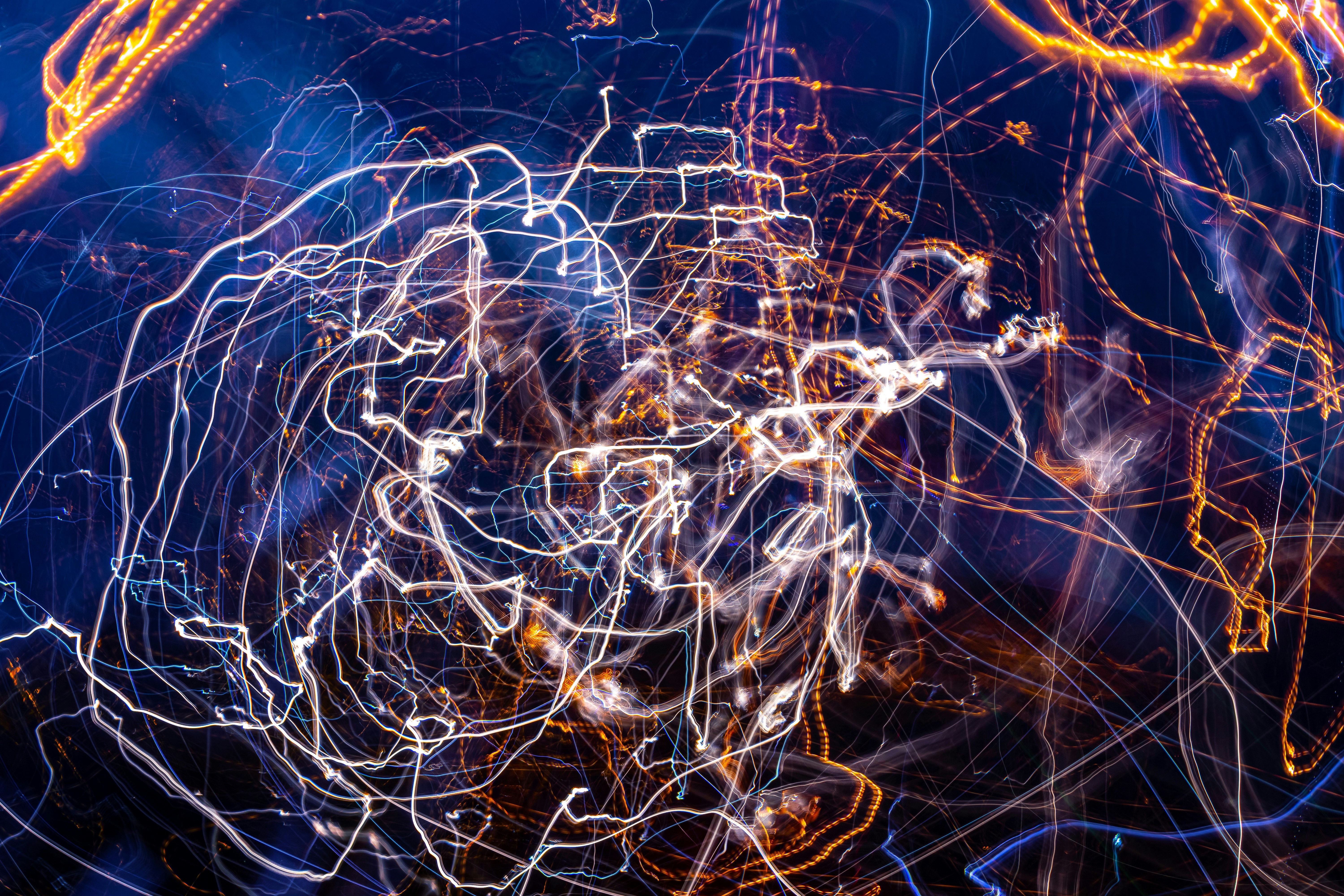
研究团队Research team
 |
 |
 |
| Giorgio Parisi | Hugues Chate | 张子柯 |
复杂系统与智能研究实验室Complex Systems and Intelligence
复杂系统与人工智能研究致力于面向未来AI时代,研究人类和AI代理共生的复杂交互系统,促进技术创新的发展。
The research of complex systems and artificial intelligence is committed to the future AI era, studying the complex interactive system of symbiosis between humans and AI agents, and promoting the development of technological innovation.
在这里,我们专注于一个关键交汇点:探索复杂系统科学与人工智能的深度融合,如何共同推动构建一个更智能、更具适应性、更加以人为本的未来。
Here, we focus on this intersection: how Complex Systems and Artificial Intelligence can be combined to shape a smarter, more adaptive, and more human-centered future.

在当今这个瞬息万变的世界中,我们所处的环境充满了高度关联的系统——人类、技术、市场与自然环境之间以常常不可预测、充满变数的方式相互作用。理解这些复杂系统,并构建能够与之协同运行的智能技术,已成为我们这个时代最重大的挑战之一,同时也孕育着前所未有的发展机遇。
In today’s rapidly changing world, we are surrounded by systems that are deeply connected—people, technologies, markets, and the environment interact in ways that are often unpredictable and surprising. Understanding these complex systems, and building intelligent technologies that can work with them, is one of the biggest challenges—and opportunities—of our time.
复杂系统无处不在:从城市、生态系统、社会网络到全球经济,乃至人类大脑本身。这些系统由众多相互作用的要素构成,微小的变化常常可能引发巨大且出人意料的结果。传统的方法往往难以有效预测或应对此类行为的演化与突变。
Complex systems are everywhere: cities, ecosystems, social networks, the global economy, and even the human brain. These systems are made up of many interacting parts, where small changes can lead to large, unexpected outcomes. Traditional methods often fail to predict or manage such behaviors.
同时,人工智能正以前所未有的速度改变着我们的生活与工作方式。然而,若要构建真正服务于人类需求的人工智能系统,我们必须超越图像识别、对话生成等狭隘任务的范畴,转而关注那些能够在现实世界中发挥作用的智能系统——一个充满不确定性、变化与社会复杂性的环境。

研究致力于发展具备以下特征的人工智能系统:
适应性强:能够在动态环境中持续学习与演化
协作性强:以增强人类能力为目标,强调人机协同而非取代
透明与公平:保障系统的可解释性、公正性与社会契合度,增强信任与责任机制。
Meanwhile, AI is rapidly changing how we live and work. But to build AI that truly supports human needs, we must move beyond narrow tasks like image recognition or chatbot conversations. We need AI that can operate in the real world—in environments full of uncertainty, change, and social complexity.
At our center, we develop AI systems that are:
Adaptive: able to learn and evolve in changing conditions
Collaborative: designed to work with humans, not replace them
Transparent and fair: ensuring trust, accountability, and social alignment
我们致力于探索人机共生的未来图景——一个人与人工智能协同共存、相互学习、共同解决问题的时代。从多智能体系统到集体智能,我们研究人机网络如何协同运作,以实现单一主体难以企及的复杂任务与创新突破。
We explore human-AI symbiosis—a future where people and machines co-exist, learn from each other, and solve problems together. From multi-agent systems to collective intelligence, we study how networks of humans and machines can achieve more than either could alone.
研究团队Research team
 |
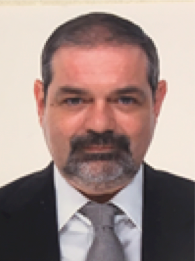 |
 |
 |
| Itamar Procaccia | Stefano Boccaletti | Yicheng Zhang | Ivan Bonamassa |
科学经济学与复杂网络Scientific Economics and Complex Networks
经济适应度与复杂性(Economic Fitness and Complexity,简称 EFC)是近十年来由研究团队联合多个研究机构合作发展而成的一种新兴经济学科与方法论。EFC依托现代数据分析技术,为经济研究提供科学基础,旨在构建以复杂系统科学为核心的经济建模体系,尤其强调定量验证与具体预测。该方法采取以数据驱动的自下而上路径,聚焦现实具体问题,摒弃传统经济意识形态,借助人工智能方法特别是复杂网络、算法与机器学习技术从全球各国的历史增长数据中提取深层信息。EFC的核心特征包括:学术上的严谨性、分析与预测的精确性、过程的透明性以及方法的高度适应性。作为自然科学方法与社会经济科学问题之间的有效桥梁,EFC为理解和应对当代人类社会所面临的重大问题提供了全新的科学视角,能够产出具备实际应用价值的研究成果,从而为社会进步提供坚实支撑。
Economic Fitness and Complexity (EFC) is the recent economic discipline and methodology developed by the group of LP in the past ten years together with several collaborators from various institutions. EFC makes use and develops the modern techniques of data analysis to provide a scientific basis to the economic analysis in order to build economic models based on the Science of Complex Systems (https://www.europhysicsnews.org/articles/epn/pdf/2008/06/epn2008603.pdf) with special attention to quantitative tests and specific predictions. It consists of a data based and bottom up approach that considers specific and concrete problems without economic ideologies and it acquires information from the previous growth data of all countries with Artificial Intelligence methods, in particular Complex Networks, Algorithms and Machine Learning. Its main characteristics are the scientific rigor, the precision in the analysis and in the forecasting, transparency and adaptability. EFC also represents a fascinating and effective bridge between the methods of hard sciences and the problematics of social and economic sciences. It permits to address some of the most important problems of humanity from a novel scientific perspective with concrete results directly useful for the progress of the society.
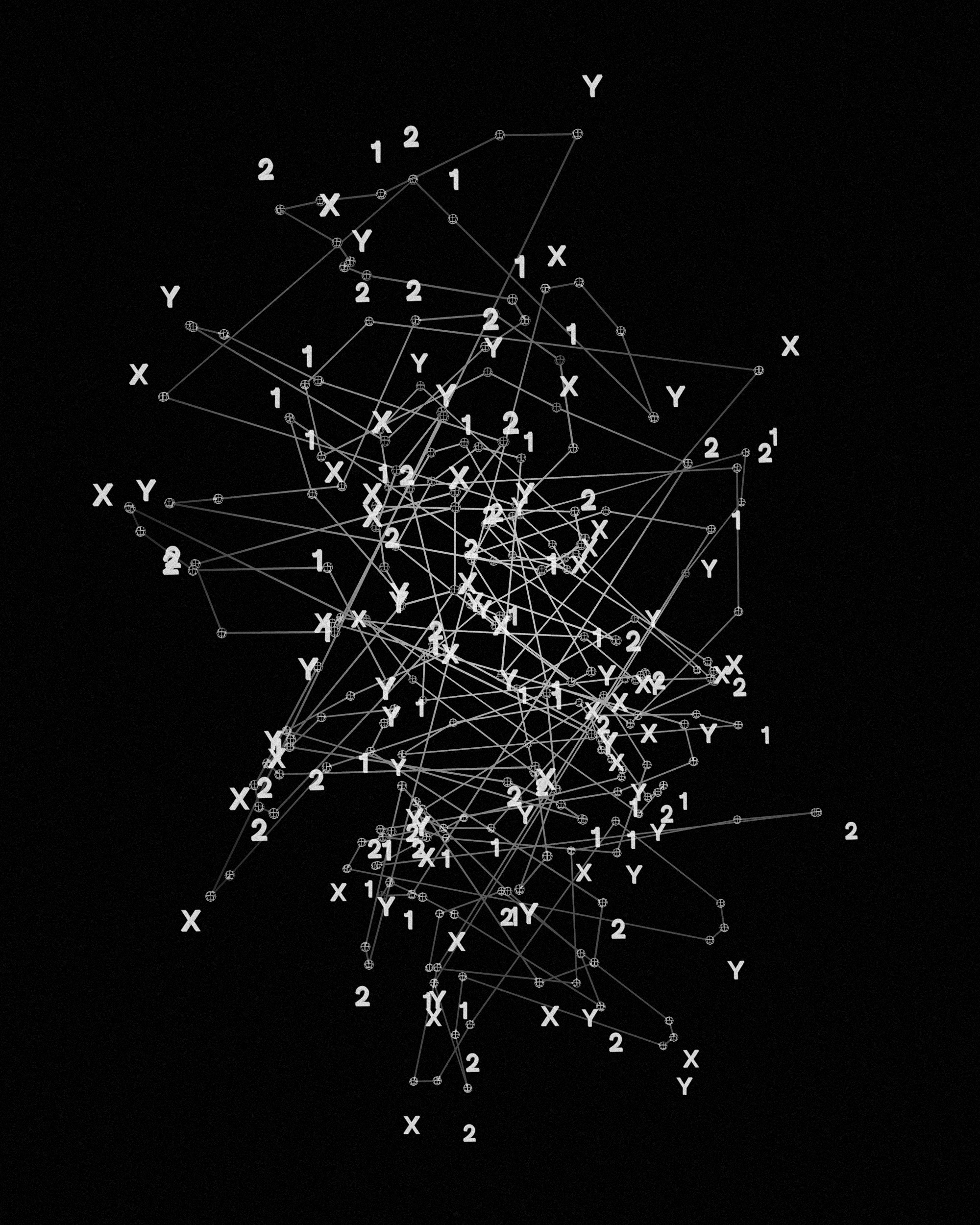
尤其值得指出的是,该方法对于全球各国经济增长具有良好的预测能力,并在解释中国的经济增长路径方面提供了清晰的认识。EFC方法与林毅夫教授及其合作者所提出的新结构经济学理论具有天然的互补性。这种方法论的提出标志着经济分析范式的一次根本性转变:它摒弃了关于最优经济理论的意识形态争论,转而强调根据具体时空背景寻找适配模型的科学逻辑。这一范式的自然结果之一,是建议将国家发展的监测与规划建立在经济适应度(Fitness)指标基础上,以取代传统而日益失效的GDP体系。当前的研究挑战在于,如何将这一思想进一步推广至更小的尺度,直至覆盖具体企业与初创公司的发展分析。
我们认为,EFC方法标志着经济理论向更具科学性方向转型的初步尝试,它更加注重现实世界的经验验证与具体预测,而非建立在过度简化假设之上的抽象模型。有关更多细节,请参见:
In particular it makes very good predictions for the growth of all countries and it provides also a clear understanding of China growth. This approach has a natural complementarity with the theory of New Structural Economics, developed by Justin Lin and collaborators. This implies a radical change of paradigm because it overcomes the ideological debate of the search for the best economic theory. This is substituted by the search of the model appropriate to a certain situation at a given time. One natural outcome is that the monitoring and planning of country development should be done in terms of the Fitness which replaces the obsolete GDP. The present challenge is to extend these ideas also to smaller scales up to the individual firms and Start Ups.
We believe that EFC represents a first example of a general rethinking of economic theories in a more scientific direction, with more attention to reality (tests and specific predictions) and less to oversimplified models. For more details see:

研究团队Research team
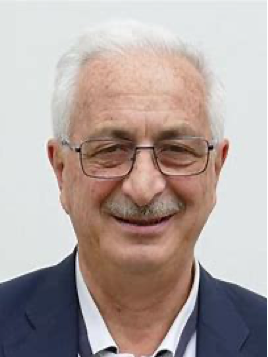 |
 |
 |
 |
 |
| Luciano Pietronero | Roberto Benzi | 孔宜修 | Izat Bagdatovich | Enrico Maria Fenoaltea |
仿生集群智能与空天网络研究实验室Swarm Intelligence and Aerospace Network
仿生集群智能与空天网络研究聚焦群体智能协同通信、异构集群跨域互联、空天复杂网络韧性重构方向,研究实现异构智能空天网络跨域互联。
The research on bionic swarm intelligence and aerospace networks focuses on the direction of swarm intelligence collaborative communication, heterogeneous cluster cross-domain interconnection, and resilience reconstruction of air-space complex networks, and studies the realization of cross-domain interconnection of heterogeneous intelligent air-space networks.
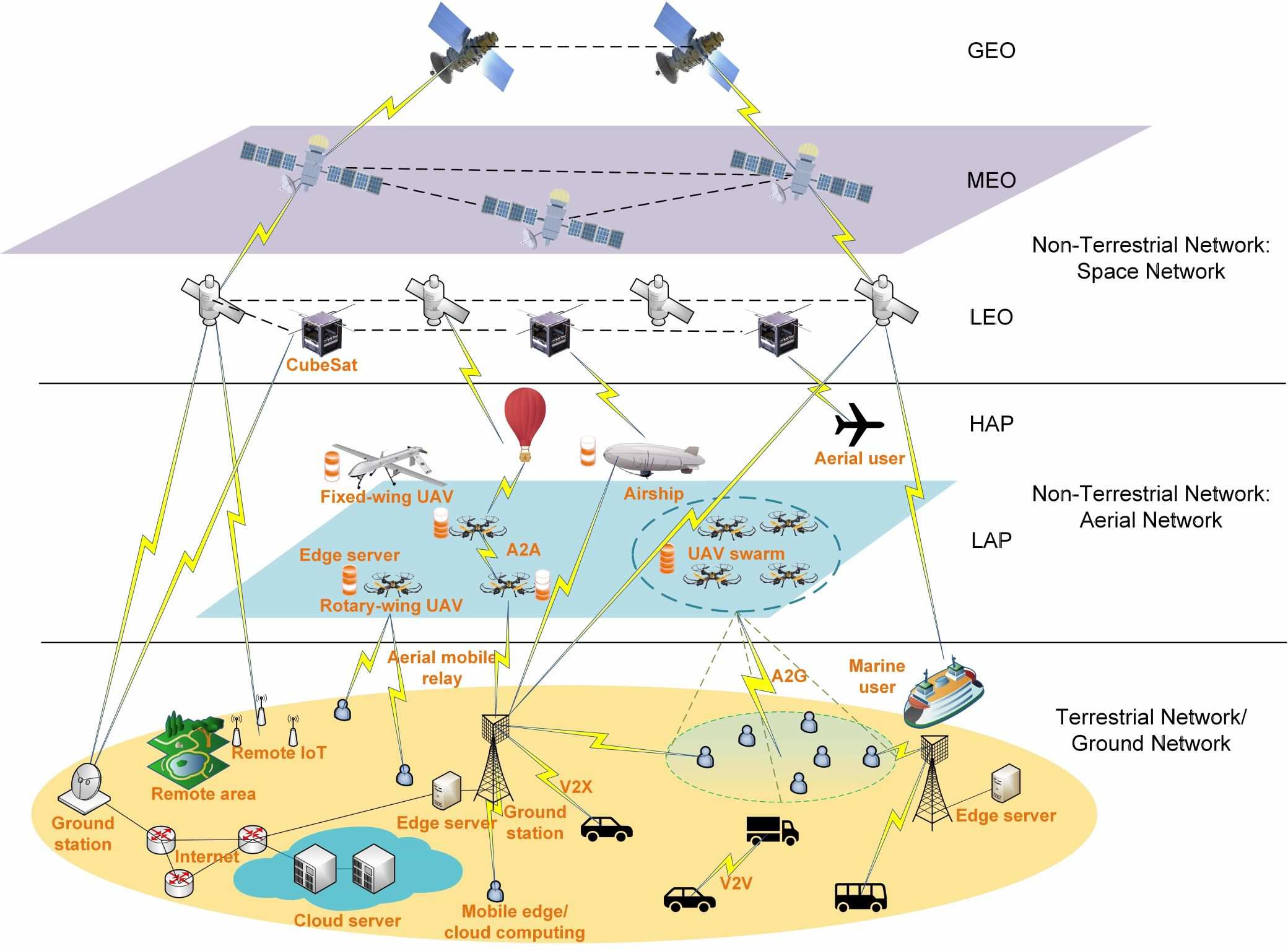
我们致力于揭示并仿生自然群体的协同机制,以推动新一代空天网络的自主通信与智能决策。研究团队结合多智能体强化学习、自组织临界性与信息论方法,构建群体智能协同通信框架,使蜂群式、鱼群式与无人机编队等集群系统能够在动态干扰环境中实现高效、低延迟、低能耗的信息交互。同时,我们剖析异构节点(卫星、无人机、地面传感器等)之间的交互规律,提出面向跨域互联的协议与资源调度策略,突破了多尺度、异结构网络融合的技术瓶颈。
We are committed to uncovering and emulating the collaborative mechanisms observed in natural swarms to advance autonomous communication and intelligent decision-making in next-generation space-air-ground integrated networks. By integrating multi-agent reinforcement learning, self-organized criticality, and information-theoretic approaches, our research develops swarm intelligence-based communication frameworks that enable bee-like, fish-like, and UAV formations to achieve efficient, low-latency, and energy-aware information exchange under dynamically perturbed environments. Meanwhile, we analyze the interaction patterns among heterogeneous nodes—including satellites, unmanned aerial vehicles, and ground-based sensors—and propose cross-domain interconnection protocols and resource scheduling strategies, addressing the technical challenges of multi-scale and structurally diverse network integration.
同时,研究关注空天复杂网络在极端条件下的自适应重构与功能保持。借助多层网络理论与随机矩阵分析,我们量化节点失效、链路扰动对整体连通性与服务质量的影响。相关成果为大规模空天信息基础设施提供了可验证的稳健性评估方法与工程化实现路径,为灾害应急通信、深空探测协同以及未来空天—地一体化网络的持续运行提供理论支撑与技术储备。
In parallel, our research focuses on the adaptive reconfiguration and functional resilience of space-air complex networks under extreme conditions. Leveraging multilayer network theory and random matrix analysis, we quantitatively assess the impact of node failures and link perturbations on overall network connectivity and service quality. We further propose redundant path mapping and self-healing topological evolution. These efforts provide verifiable robustness evaluation methodologies and engineering solutions for large-scale space-air information infrastructures, offering theoretical foundations and technological reserves for disaster-responsive communications, deep-space cooperative missions, and the long-term operation of future integrated space–air–ground networks.
研究团队Research team
 |
 |
|
|
| 唐泳 | 尚明生 | 严文君 | 赵中亮 |
团队联系方式:zhaozl@buaa.edu.cn
顾问委员会Advisory Committee
|
|
|
|
|
| Enzo Marinari | Florent Krzakala | Lenka Zdeborova | Marc Mézard | Pierluigi Contucci |
|
|
| Riccardo-Zecchina | Zhou Haijun |









